23 funky foreigners you can import in 2023
At 25 years old, the cars that America has been denied come of age. Under federal DOT rules, as soon as a model hits this milestone it can be privately imported, so with each new year come new gems for car fans looking for something a bit different to drive.
Here are 23 examples of foreign fun that will become legal in the U.S.A. in 2023.
Urban collective
For a city runabout with a small footprint the year 1998 has a curiosity of compact cars to consider. First comes the cute Honda Capa, born out of the Japanese automaker’s “Small is Smart” philosophy. A little too large to be a kei car, it came with a 1.5-liter motor and continuously variable transmission, and plenty of headroom thanks to its boxy design.
Over in Germany, Volkswagen’s Lupo might have got its name from the Latin for wolf, but really this three-door hatch was quite sheepish, unless you opted for the 1.6-liter GTi.
Back in Japan, the first-generation Nissan Cube was launched and couldn’t have been named more aptly. Based on the Micra platform it developed a cult following and the third generation, launched in 2009 even made it to the U.S.
However, by far the most popular city car of 1998 was the Tata Indica, the first car from India’s Tata Motors (which ten years later would buy Jaguar Land Rover). The basic runabout soon became the best-seller in its class and had sold a million units within ten years. It would be easy to find one, and it’s guaranteed you’ll never see another at the grocery store.
A family affair
If you’ve got people to move and you’re feeling especially brave, then 1998 has three options. The Fiat Multipla took its name from the wonderfully bizarre 600 Multipla of the mid-1950s and was no less unusual. Its sea-creature styling contained a 3×3 seating arrangement which made it a very spacious and practical wagon despite not being especially long. You could even remove the rear seats to turn it into a van. The 1.9-liter JTD diesel was the best version at the time, while a wide track meant it would tip into corners with enough enthusiasm to upset the family.
Russia’s optimistic answer was the Lada Nadezhda—an ungainly all-wheel drive MPV, which despite its name meaning “hope,” few people had enough to buy it.
Nissan’s Almera Tino, by contrast, did quite well, providing no-frills, cost-effective transport for families in Europe and Japan. Nissan even used Mr. Bean to advertise it, which presumably allowed Rowan Atkinson to buy another Aston Martin.
Slick sedans
The year 1998 brought a tidy selection of unobtainable sedans that could never grace U.S. soil … until 2023. Alfa Romeo was absent from America from 1995 to 2008 (when the 8C went across the pond), so the Alfa 166 was not sold Stateside. It carried over the charming 2.0-liter twin spark and 3.0-liter V-6 engines from the 164 it replaced, along with a 2.4-liter diesel. Top-of-the-line models received a lovely Momo leather interior, but it failed to sell in serious numbers.
The Rover 75 launched the same year, and its retro stylings appealed to patriotic Brits who were reminded of the glory of days gone by. The car’s 1.8-liter K-Series and K V-6 engines were excellent and the 75 drove well, but the car ultimately failed to save the firm.
Toyota, meanwhile, could do no wrong, despite offering up the Progrès which arguably cannibalized off other Toyota and Lexus models. Power was from a 2.5 or 3.0-liter V-6 and it featured the world’s first GPS-guided automatic transmission. (Since it was only sold in Japan, don’t expect that trick to be much use if you import one.)
Also in Japan, the mentalists at Mitsuoka got hold of Nissan’s perfectly sensible Primera, grafted a ridiculous retro nose onto it and called it the Ryoga. Mechanically it would be a sound enough buy, but aesthetically … that’s a whole different story. A matter of taste.
Plans hatch
1998 was a good year for fans of sporty little hatchbacks. Peugeot replaced its legendary 205 with the 206, which was more sophisticated, if a little less entertaining than its predecessor. The real fun from Peugeot came in the form of the second-generation 106 Rallye, however. Now powered by a 1.6-liter motor and stripped out to save weight and finesse handling.
Renault took a different approach with its RenaultSport Clio 172, opting to fit a two-liter 16v VVT engine into the little Clio and spawning a whole new series of hot hatches.
Malaysia’s Proton, having recently taken ownership of Lotus, decided to put the British sports car firm to work on its humdrum Satria to make the Satria GTi. Wearing “Handling by Lotus” tags and a sporty body kit it was far more than just badge engineering and genuinely quite a thrill to drive.
Rally-ready rockets
Mitsubishi’s annual updates to the Lancer Evolution were already in full swing and, for 1998, that meant the Evo V was the car of the moment. Chief among the enhancements over the earlier IV were a new bodykit with adjustable rear wing, a wider track, and some engine fettling to include a revised turbo and pistons, although the 276-hp remained the same due to rally rules.
Its rival, and undisputed champion, was the Subaru 22B. This wide-bodied two-door was built to celebrate Subaru’s 40th-anniversary and its third consecutive victory in the FIA World Rally Championship. 400 were made for Japan and sold out immediately, while a further 24 made it to export markets. One fetched $312,555 in 2021, making it the most expensive Subaru ever sold.
Track attackers
Britain’s Ascari was having some success in the British GT Championship when it decided that selling a road-going version of its FGT would be a good idea. Work began in 1998 on the Ecosse, a BMW V-8-powered, 420-hp supercar. Top speed was claimed to be in excess of 200 mph, but just 17 were built.
That’s mass production compared to the Mercedes CLK LM of which only one Strassenversion was ever made. A road-legal homologated version of the German company’s GT1 race car, which won every round of the 1998 FIA GT season but failed to finish at Le Mans, it was sold to a collector in Japan. Now residing somewhere in Europe, after achieving €2 million in 2016, you’d need very deep pockets to acquire it.
4×4 fun
Should you fancy the odd off-road excursion, what could be better than a 25-year-old odd off-roader nobody minds getting filthy? Kia has clearly come a long way from the days when it was selling a lightly re-purposed military vehicle called the Retona, with a two-liter diesel engine that meant it could barely get out of its own way.
The Lada Niva Travel was no better. Developed by Russia’s VAZ, it was supposed to replace the almost unstoppable Niva and was even sold as a Chevrolet for a while.
India had the Tata Safari 4×4, powered by a Peugeot diesel engine and with styling seemingly stolen from the Ford Maverick. Nonetheless it had a solid 12-year run. Our final off-road offering is actually worth considering.
The Mitsubishi Pajero Pinin, also known as the iO or Shogun Pinin, is a pretty stylish, compact 4×4 that got its name from the Pininfarina factory in Italy where it was assembled. Reliable, capable and with a dash of Italian flair, what’s not to like?


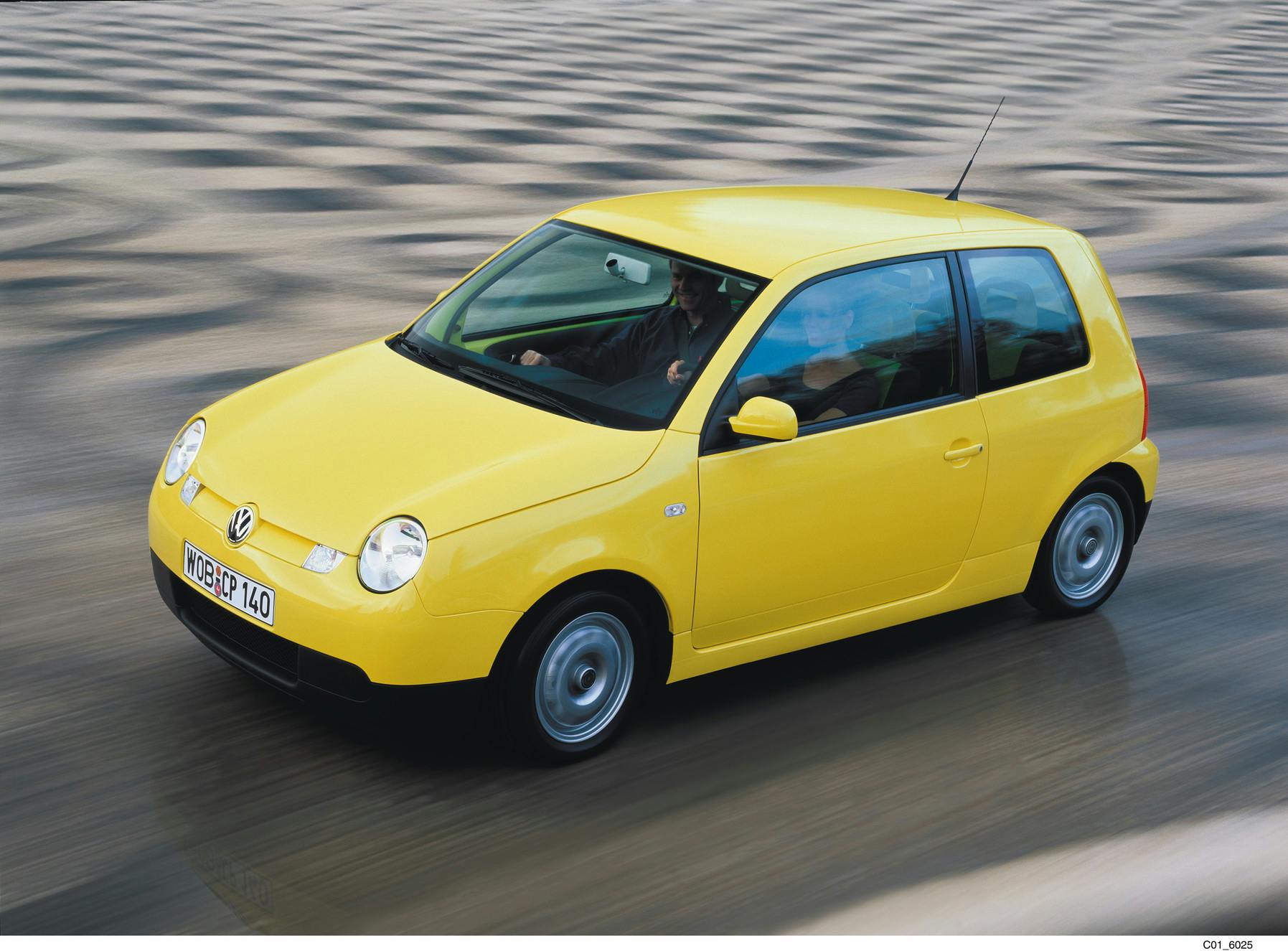
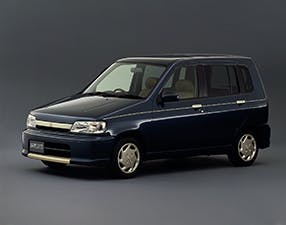
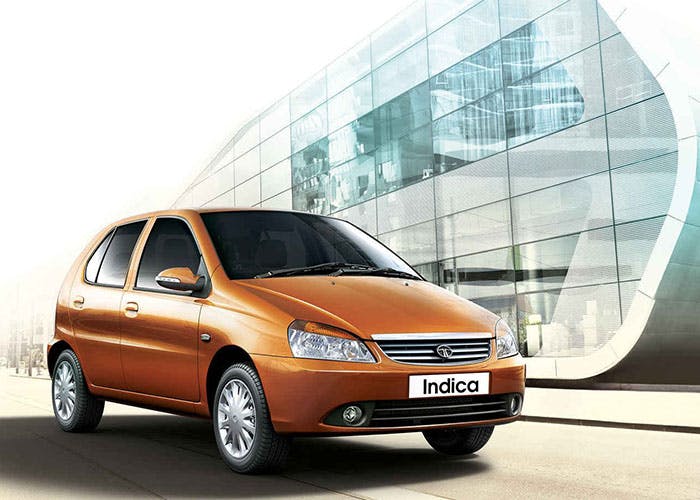
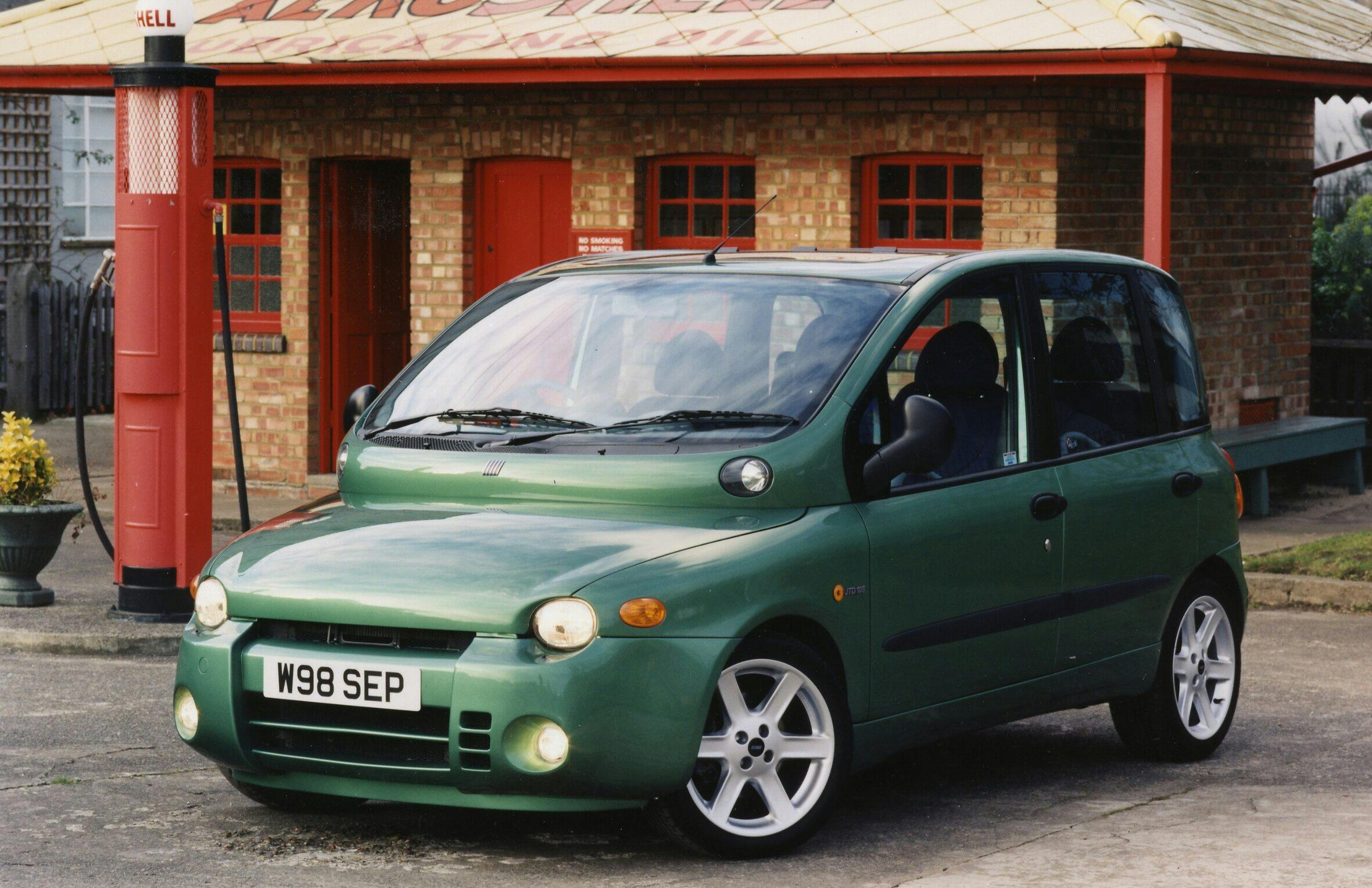
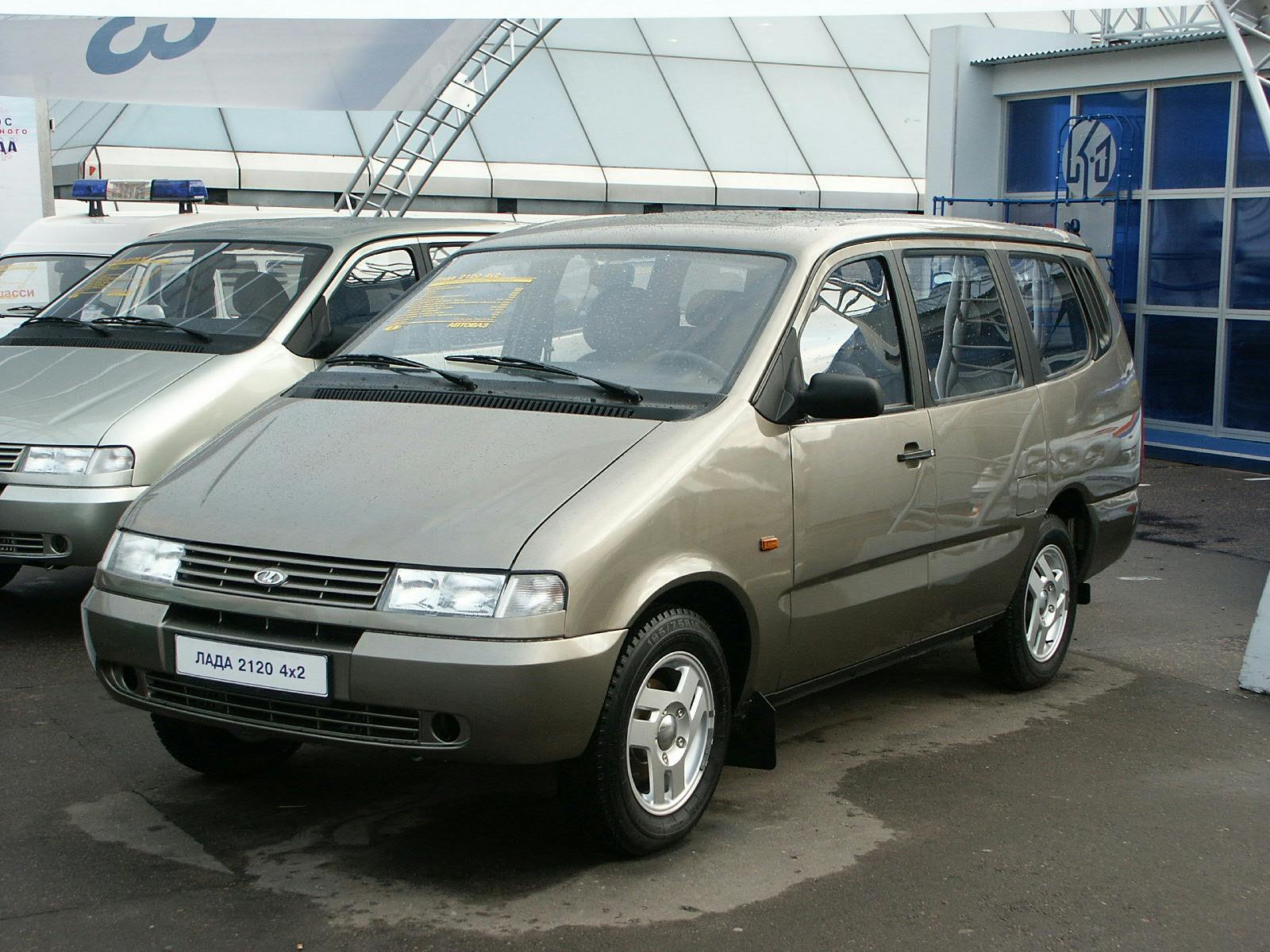
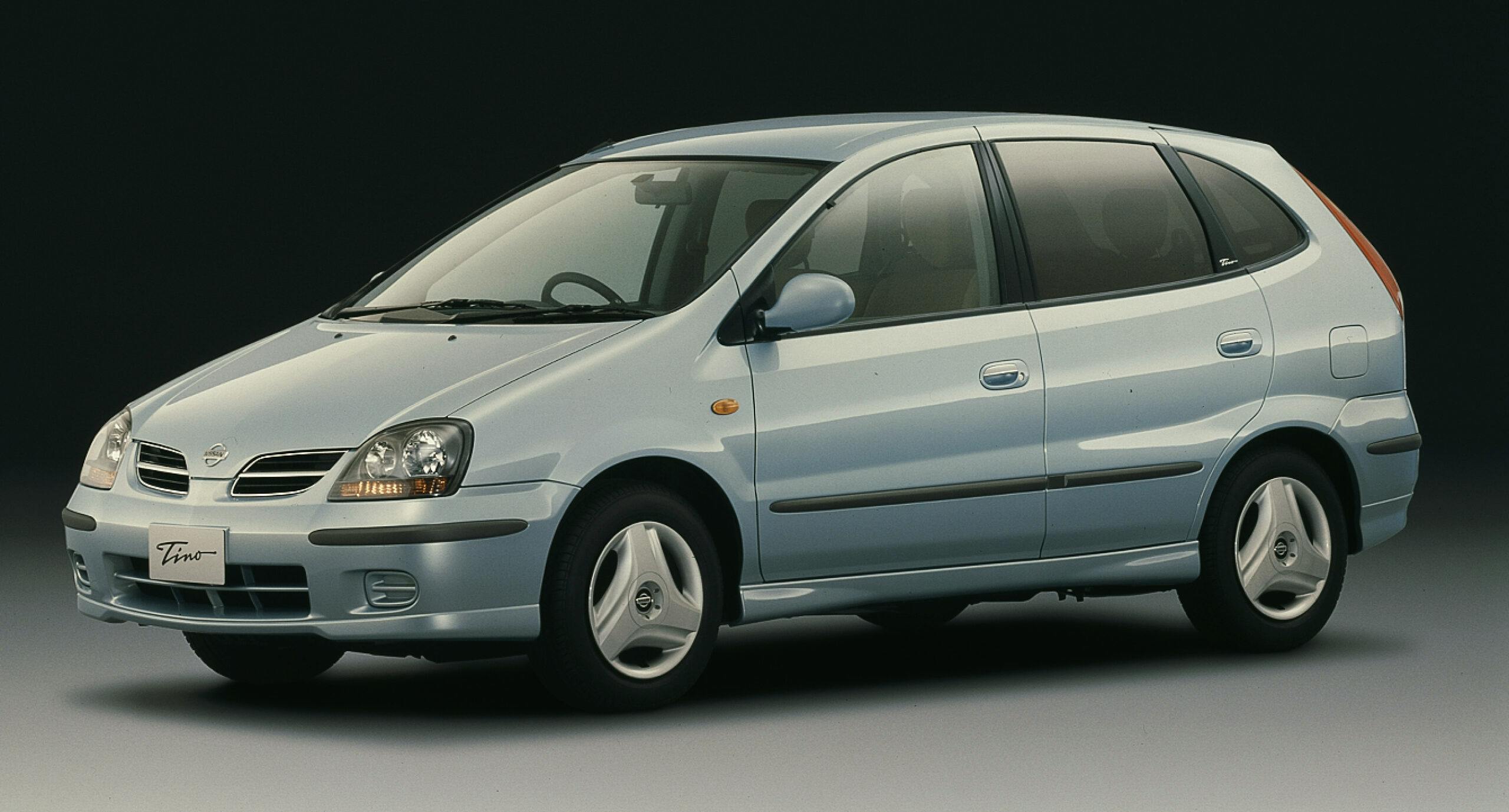
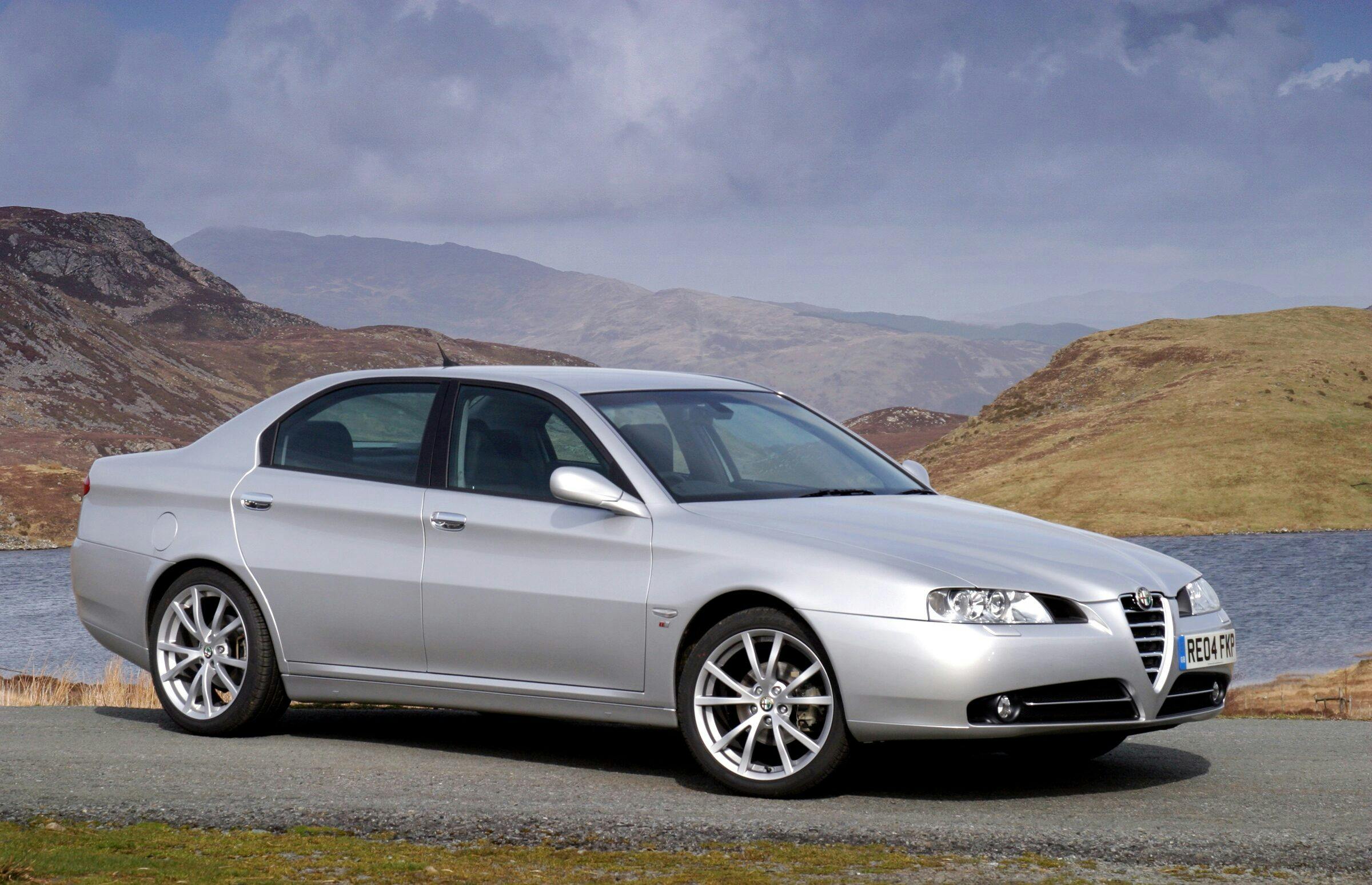
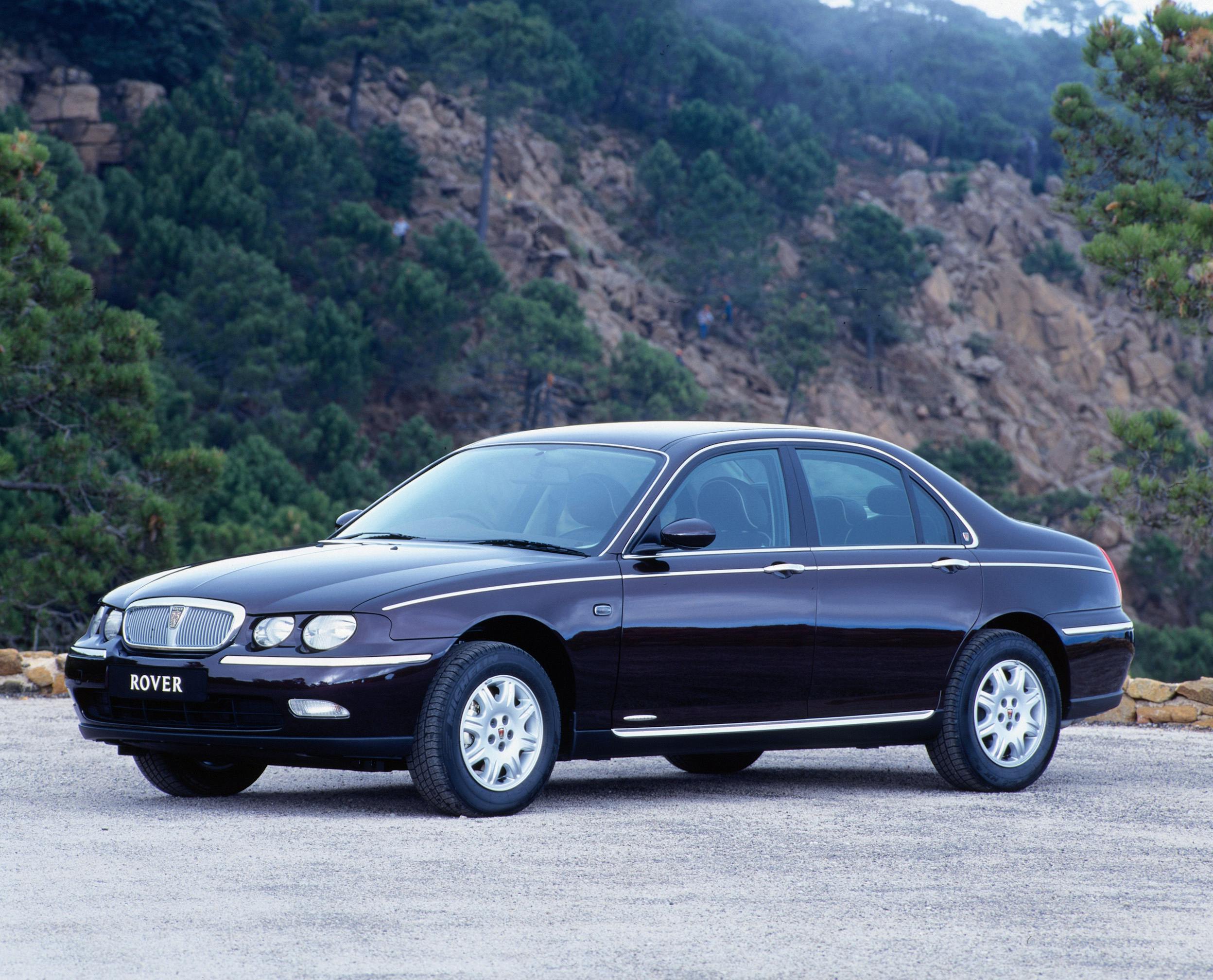
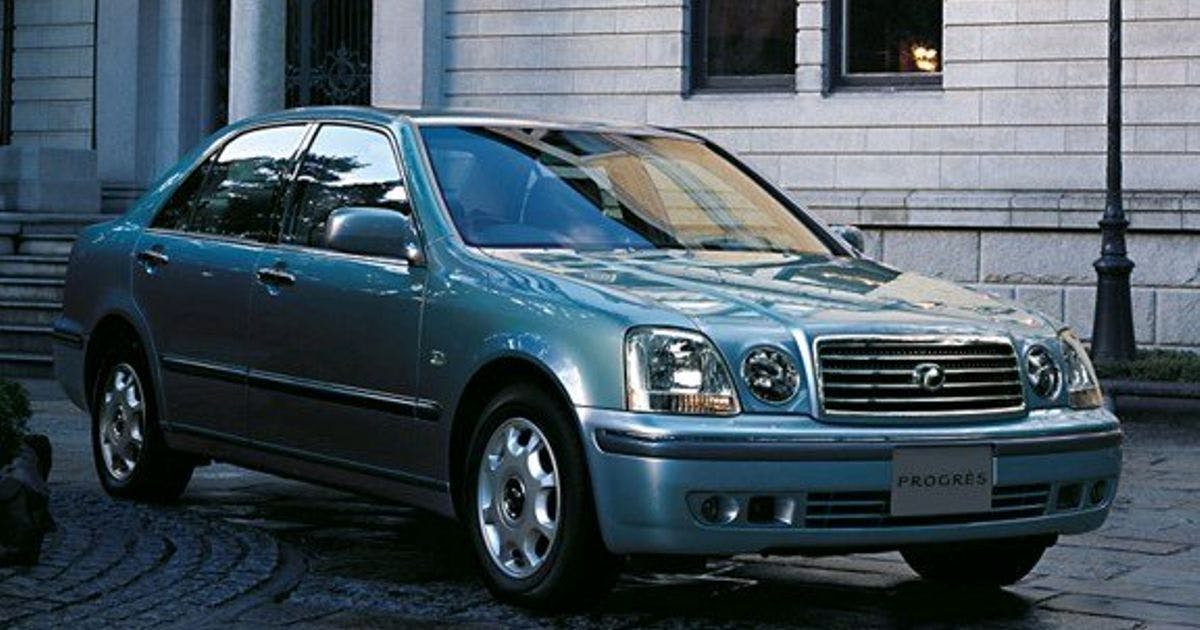

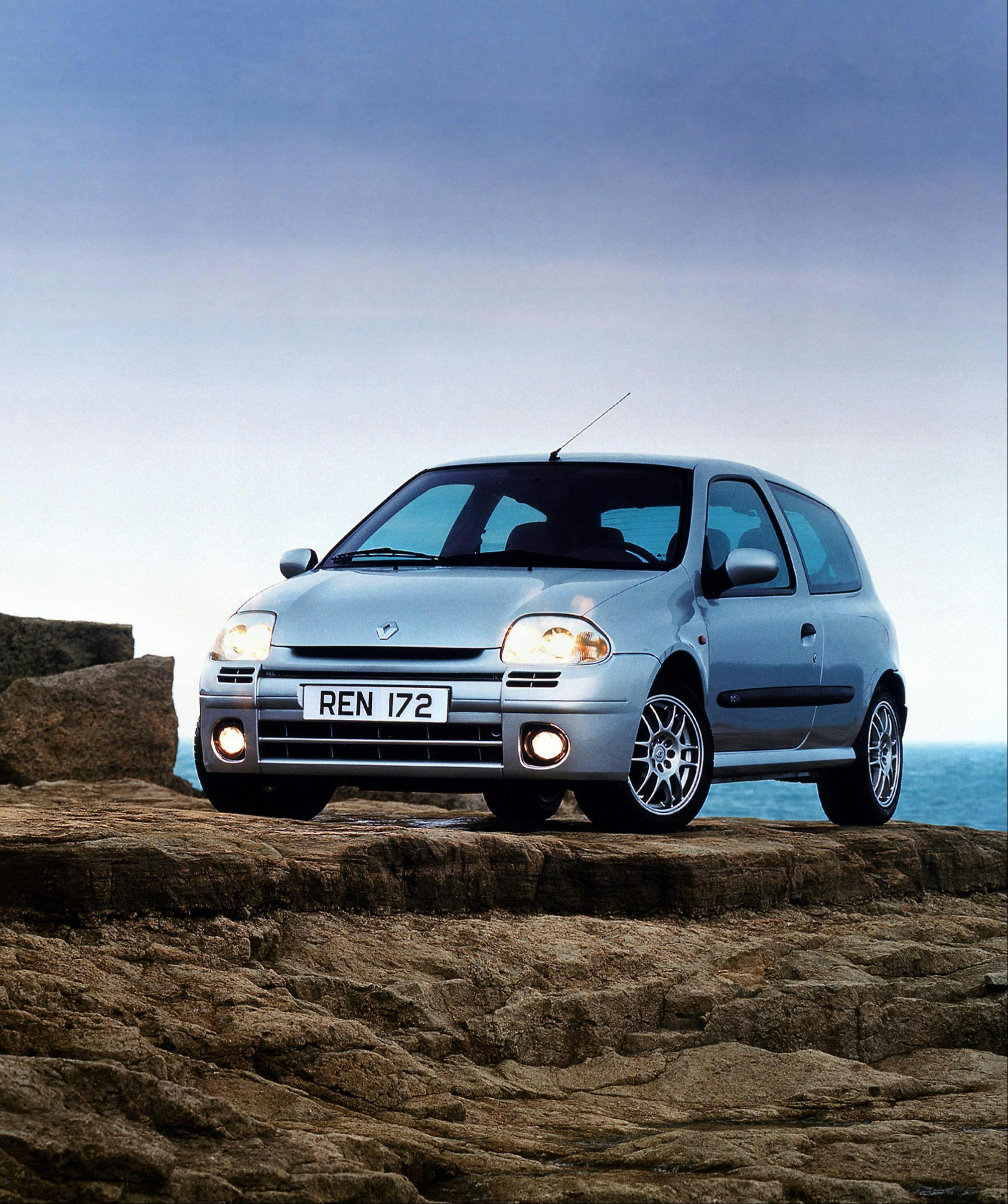

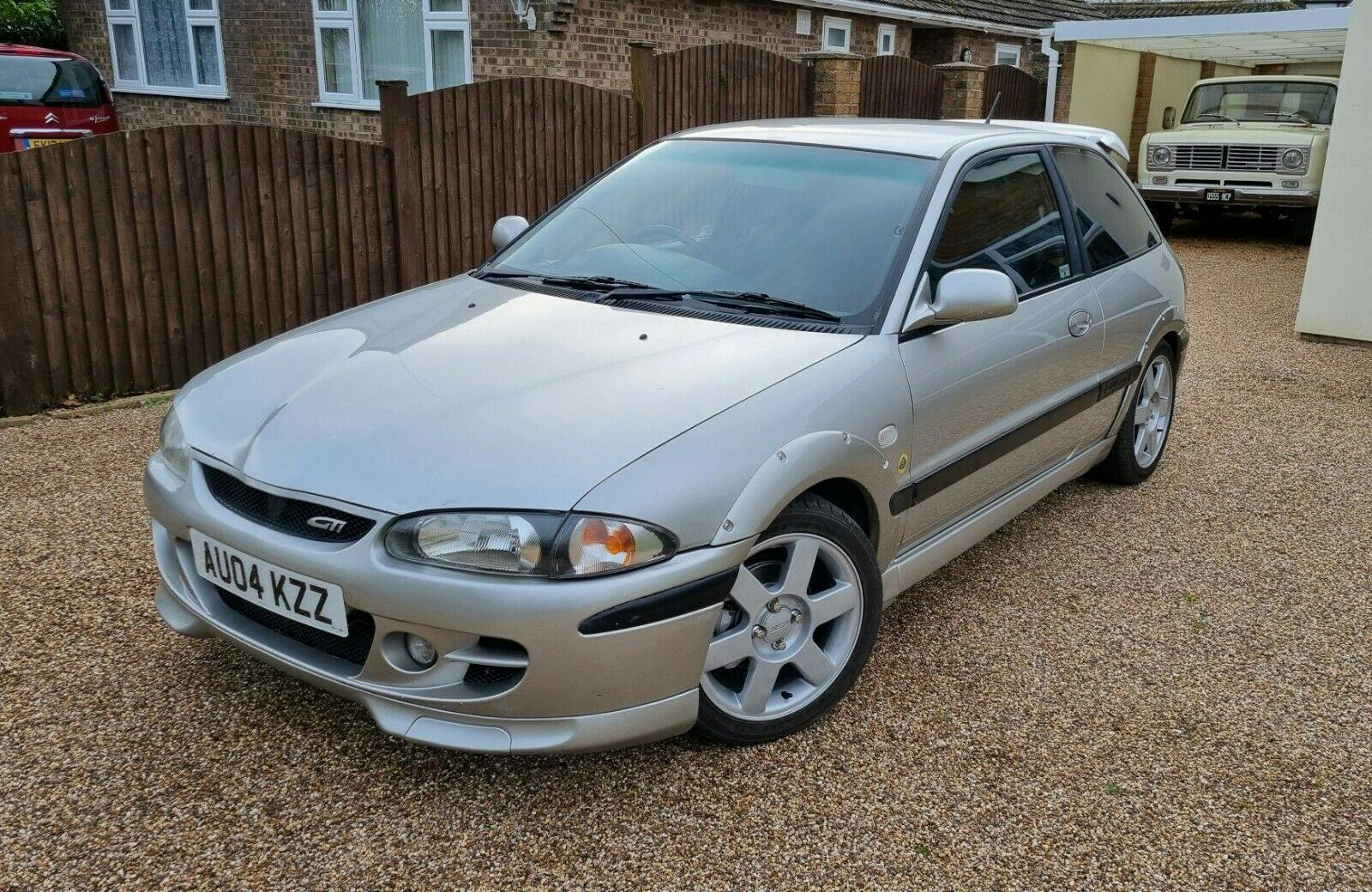
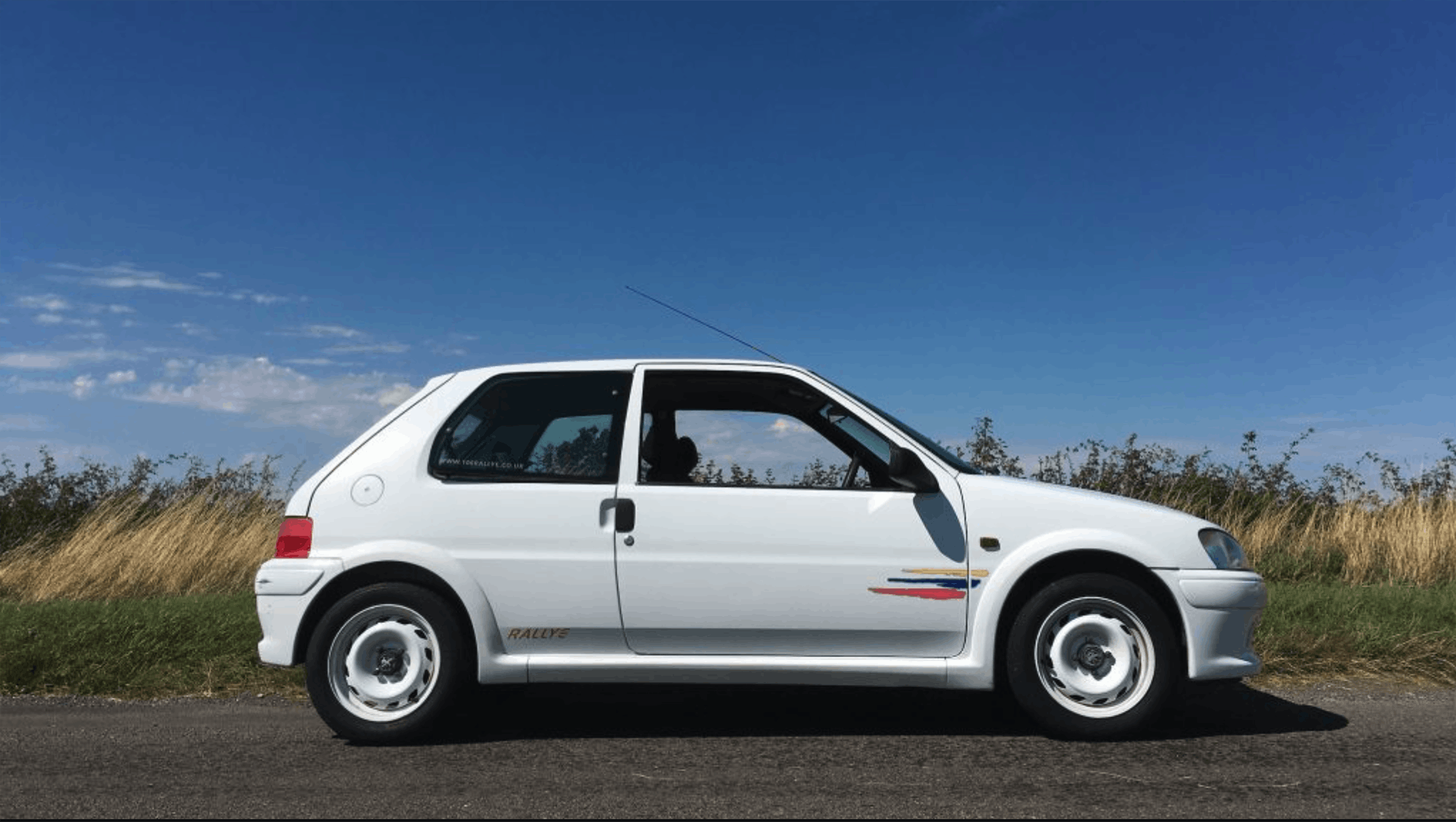

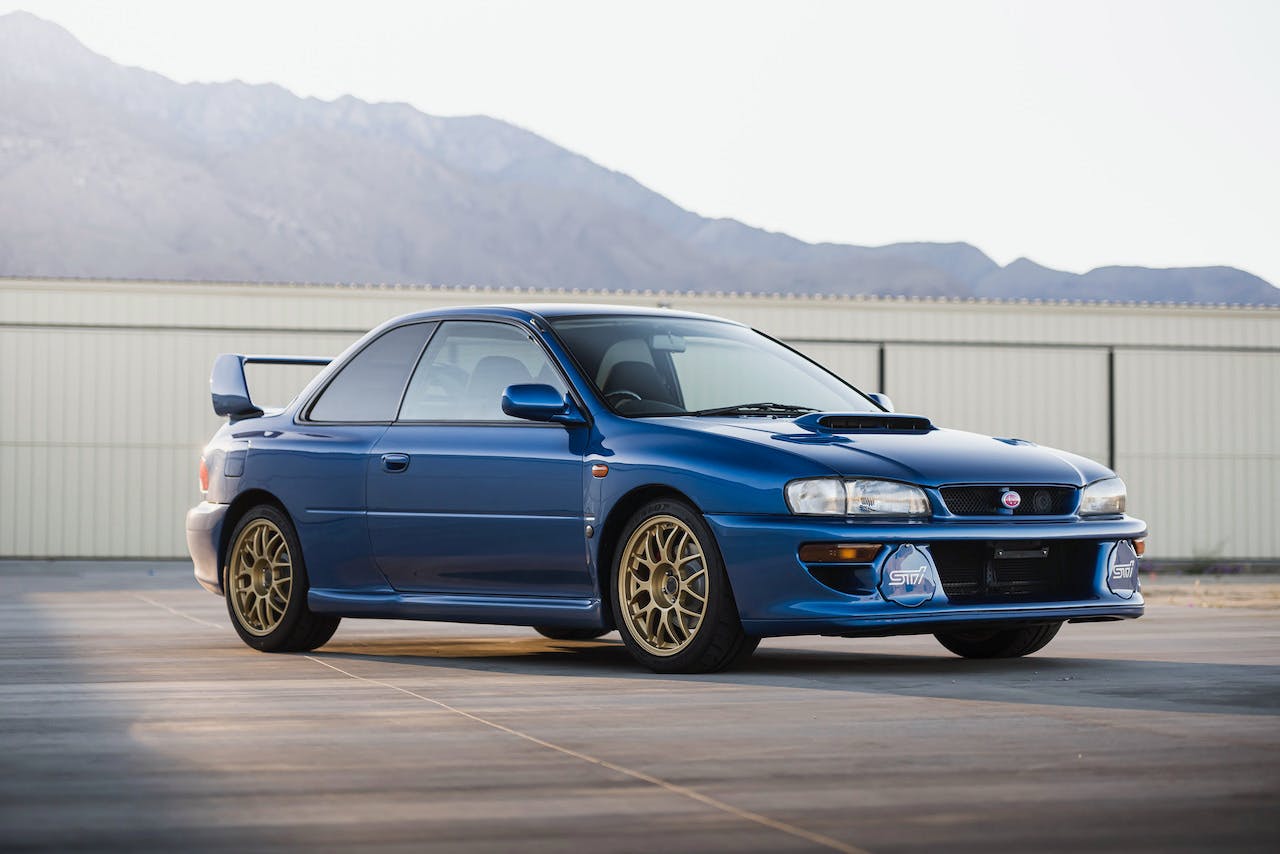


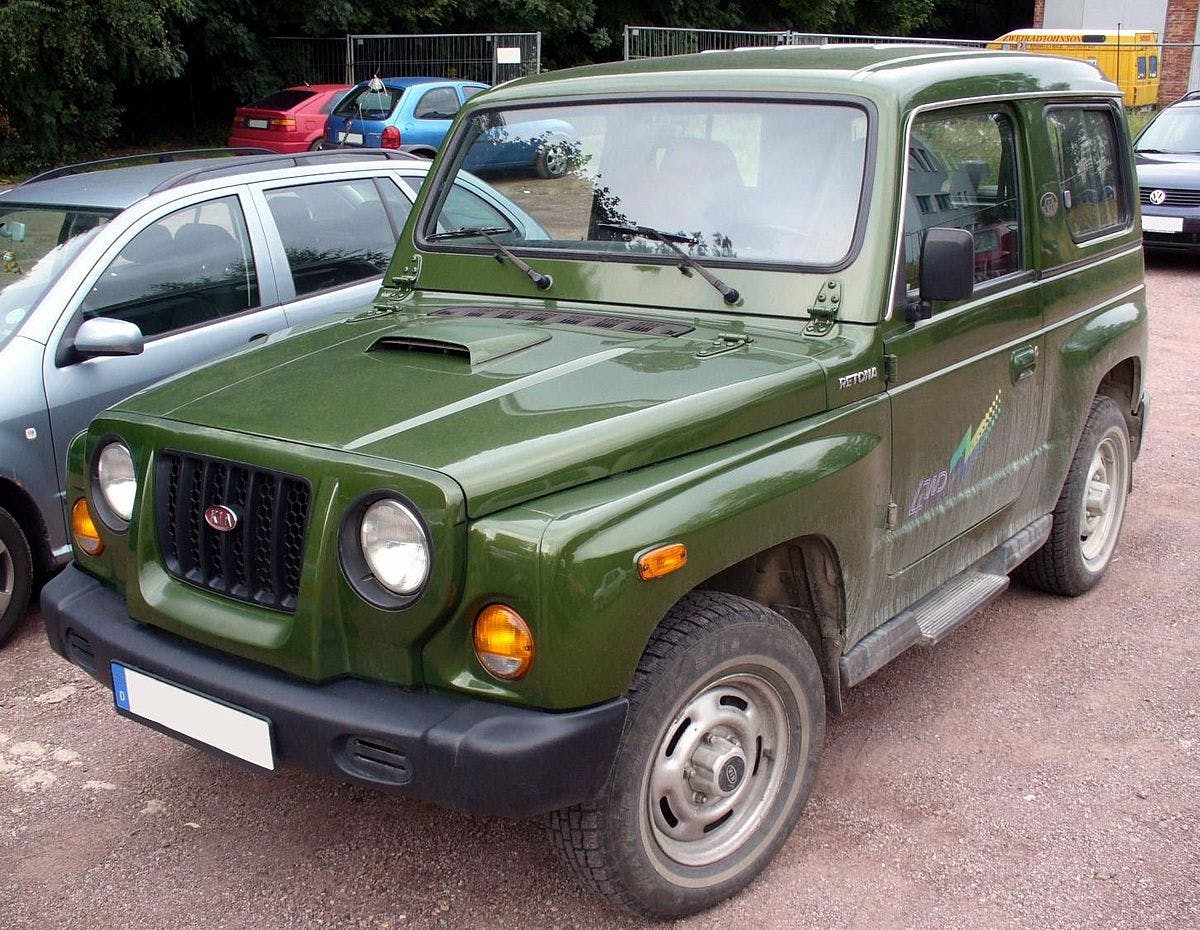
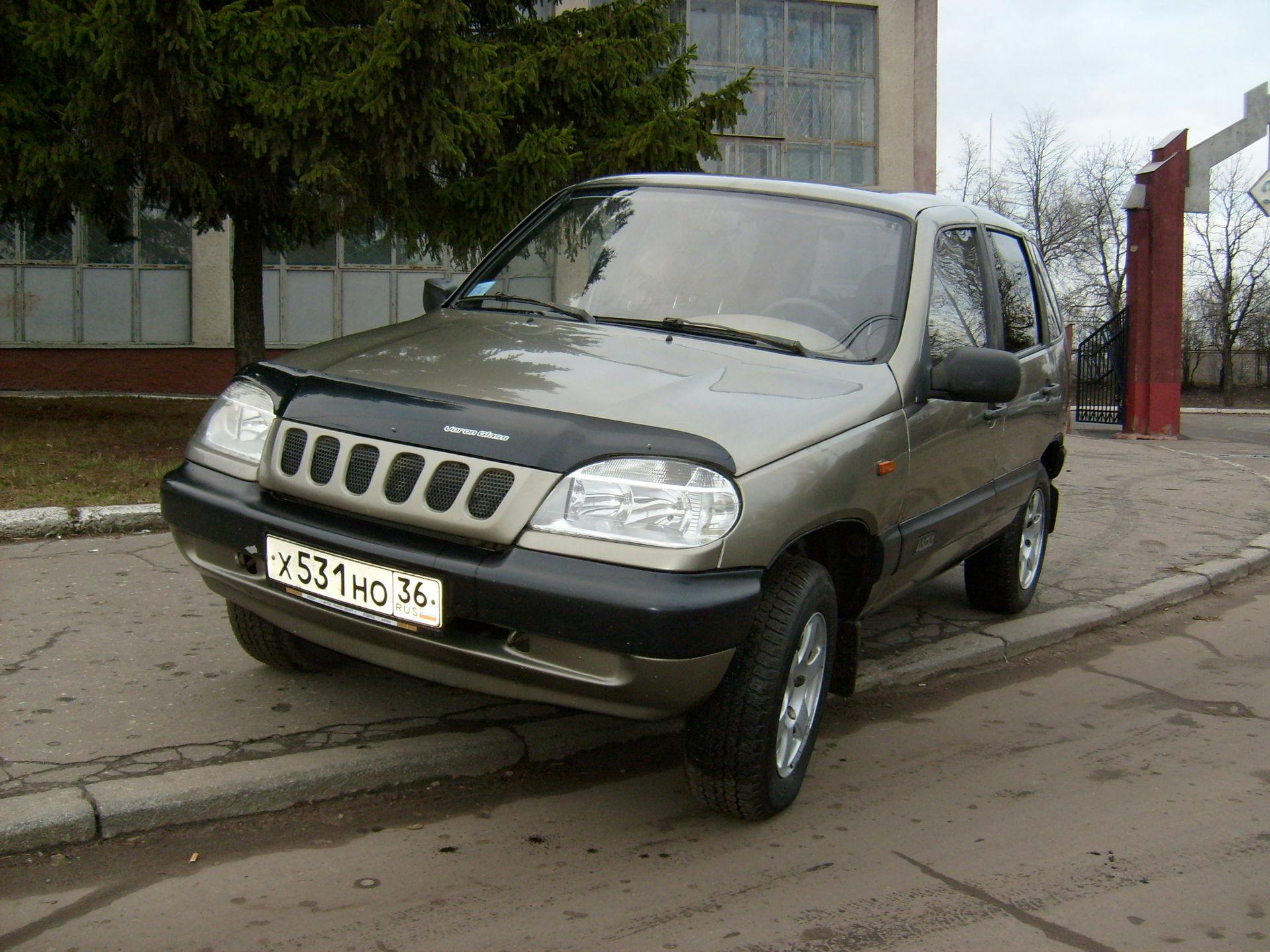
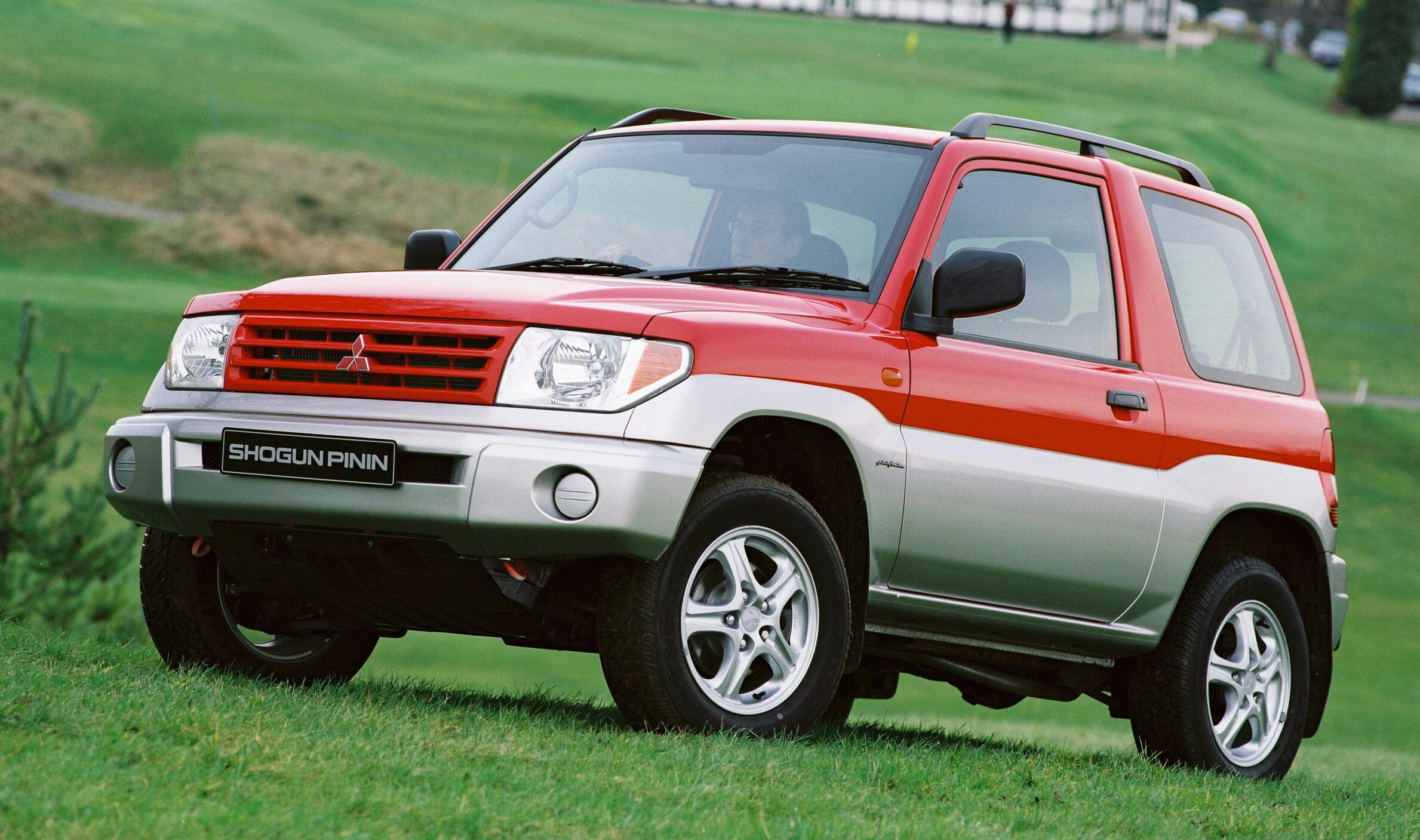



YAWN. i SHOULDA STAYED IN BED!
I don’t see it. “Tata Safari 4×4, with styling seemingly stolen from the Ford Maverick.” The only Maveric before this one was the one from the early 1970’s and looked nothing like this. If they thing it looks like the new one, then maybe they should say Ford stole the looks from Tata.
I look forward to this every year, but this year was a bust. Nothing to see here…move along.
Just imported a car from London. US doller is so strong ports are full. Had to transport to Liverpool to get it shipped within a couple of weeks.
23 no’s all in a row, not one of these cars would I make go, Sorry,
Peugeot 106 Rallye is the only one I’d care to own/drive.
…hmmmm – looks like we really didn’t miss much!!
Will the M-B CLS 63 AMG shooting brake ever be available for import to the US?
I’d like to see another version of this article that shows the more mainstream cars becoming available to import. More Toyotas especially. Maybe some BMWs. The Evo is the only car that interested me in this “funky” list.
Why is the Maserati 3200GT and it’s lovely boomerang taillights not in this article?
Is there a bigger bunch of negative whiners than the Hagerty commenters? I doubt it.
🤣
But they’ll spend paragraphs telling you about their 1953 Studebaker Commander 4-door, or some 327 Camaro they sold in the Nixon administration. Sheesh…
“The windshield on my Renault Clio just got nailed by a rock and needs immediate replacement. Can you help?
Safelite: “what kind of car?”
“Renault Clio”
Safelite: “who makes it?”
Ha Ha Ha! No doubt!
Nice article and information. Very cool photos. DLTBGYD
The Mitsouka Ryoga is so preposterous looking, it shows the weird sense of humor the Japanese sometimes show with their niche cars. It’s a car both a Japanese gangster or a Japanese gangsta would drive.
I would gladly have the Alfa Romeo 166 with that sweet V6, however.
I bought a 1983 Lada Niva in the camel souk of Taif Saudi Arabia shortly after I arrived there (in 1983). It was desert tan in color and still had a coat of cosmolene on it that the Arabs had failed to remove when it hit port. My buddy also bought one in light green. For two years he and I drove these amazing little beasts across some of the worst terrain in the Kingdom, including regular weekend trips between Jeddah and Taif, across the deadly Tihama desert, where summer temps routinely exceed 50 degrees C. The most that ever happened was that by buddy’s Niva lost its muffler and exhaust pipe, one time when he hit a particularly deep pothole (he retrieved it and had it reinstalled). When my contract ended, two years later, I wanted to ship my Lada back to the USA but everyone said that, in addition to it not meeting California smog regs, the longshore men unloading it in NYC might “accidentally” drop it into the Hudson River, since US/USSR antipathies were very tendentious at the time! I STILL regret not being able to keep my wonderful little Lada Niva (especially after learning that they were legal in Canada…and even sold them there!). True story, and of all my many, many cars driven over 65+ years, I miss that little Lada the MOST! :((
Living in California, our emissions laws make owning one of these as legally registered in CA a pipe dream. That said, it doesn’t really matter, because none of the listed cars, other than the rally specials, register with me at all.
And, if I wanted a Mitsubishi, I could find an EVO IX, with the 6 speed and the good dampers, and play with that, while staying CA legal (and maybe getting the service records or other useful history).
Alfa Romeo imports better cars today than the old 166, and I am planning to purchase one in the near future.
The rest of the listed cars seems like a list of over the counter rentals from the late 90s. while the exotics are so rare that it doesn’t matter. Anyone who would import one would not drive it anyway.